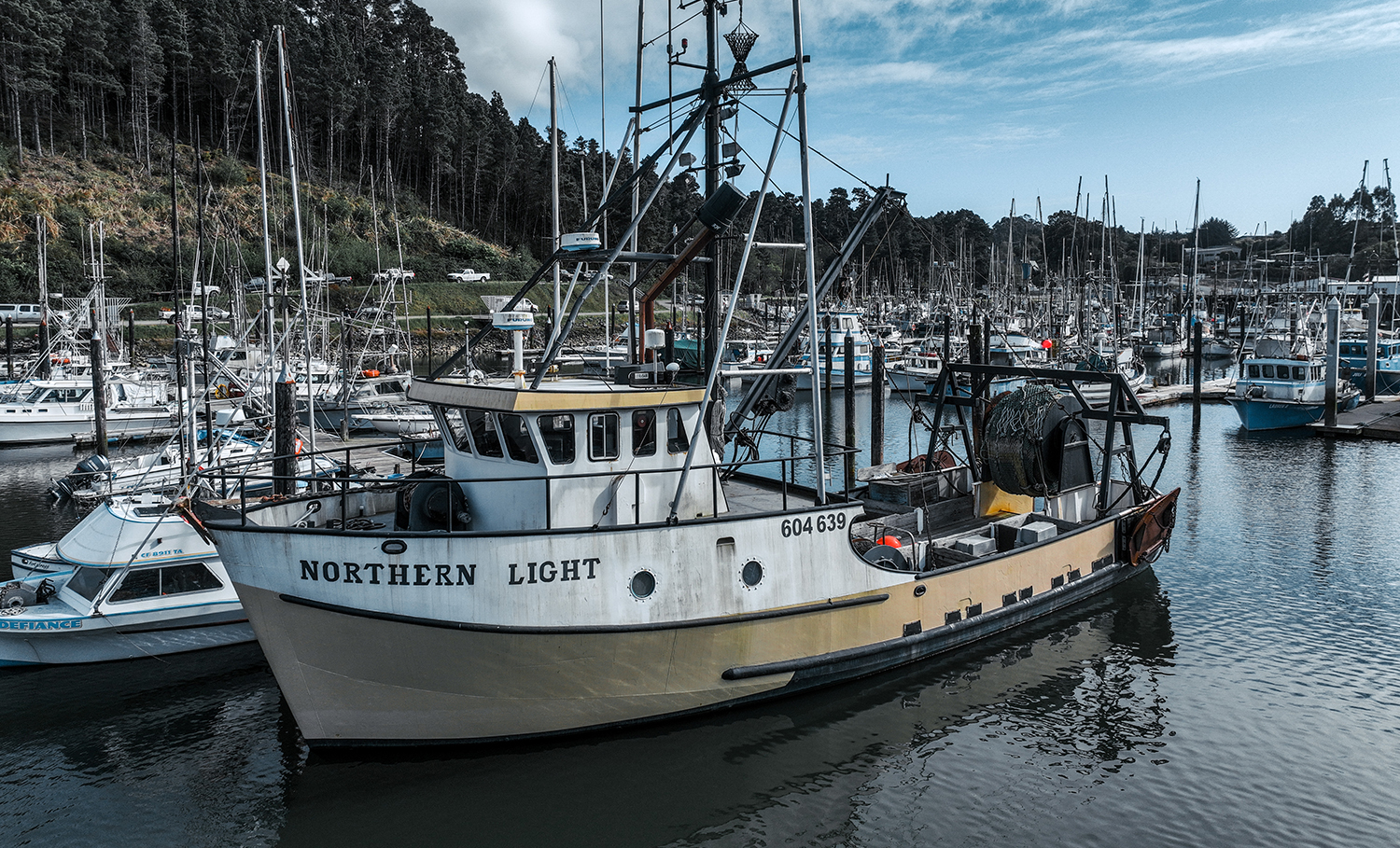Securing a Just Space for Small-Scale Fisheries in the Blue Economy

Securing a Just Space for Small-Scale Fisheries in the Blue Economy
The largest group of ocean-users – women and men who service, fish and trade from small-scale fisheries (SSF) – argue that they have been marginalized from the dialogue between international environmental and economic actors that is determining strategies for the future of the ocean. Blue Economy or Blue Growth initiatives see the ocean as the new economic frontier and imply an alignment with social objectives and SSF concerns. Deeper analysis reveals fundamental differences in ideologies, priorities and approaches. We argue that SSF are being subtly and overtly squeezed for geographic, political and economic space by larger scale economic and environmental conservation interests, jeopardizing the substantial benefits SSF provide through the livelihoods of millions of women and men, for the food security of around four billion consumers globally, and in the developing world, as a key source of micro-nutrients and protein for over a billion low-income consumers.
Habitat compression and ecosystem shifts

Habitat compression and ecosystem shifts as potential links between marine heatwave and record whale entanglements
Climate change and increased variability and intensity of climate events, in combination with recovering protected species populations and highly capitalized fisheries, are posing new challenges for fisheries management. We examine socio-ecological features of the unprecedented 2014–2016 northeast Pacific marine heatwave to understand the potential causes for record numbers of whale entanglements in the central California Current crab fishery.
Economic and sociocultural impacts of fisheries closures

Economic and sociocultural impacts of fisheries closures in two fishing-dependent communities following the massive 2015 U.S. West Coast harmful algal bloom
In the spring of 2015, a massive harmful algal bloom (HAB) of the toxin-producing diatom Pseudo-nitzschia occurred on the U.S. West Coast, resulting in the largest recorded outbreak of the toxin domoic acid and causing fisheries closures. Closures extended into 2016 and generated an economic shock for coastal fishing communities. This study examines the economic and sociocultural impacts of the Dungeness crab and razor clam fisheries closures on two fishing-dependent communities. Semi-structured interviews were conducted with 36 community members from two communities impacted by the event – Crescent City, California and Long Beach, Washington.
Adaptive co-management to achieve climate-ready fisheries

Adaptive co-management to achieve climate-ready fisheries
Changes in ocean conditions and variability in fisheries productivity have stimulated an effort to integrate climate information into fisheries science and management processes to inform more responsive decision-making. However, institutional, capacity, and budget constraints within U.S. federal and state fisheries management agencies may hinder the potential to deliver climate-ready strategies for many fisheries. We examine whether adaptive co-management as a governance approach can enhance capacity and advance climate-ready fisheries objectives.
Explore California State Fisheries

Explore California State Fisheries
This interactive Fisheries Data Explorer allows you to visualize data from commercial fisheries and commercial passenger fishing vessels, across the State. Using data collected and managed by the California Department of Fish and Wildlife (CDFW), the Explorer lets you dynamically view summarized data from the commercial fishing sector (i.e., number of fishermen, pounds of fish landed, and revenue from fish landed) and from the commercial passenger fishing sector (i.e., the number of anglers, vessels, trips, and fish caught from specific fisheries and ports).
Funded by the California Ocean Protection Council, and developed in partnership with CDFW and the California Ocean Science Trust, the Explorer was developed through the California’s Marine Protected Area Monitoring Program, to ensure that the State’s decision-makers, stakeholders, and the public have ready access to data and information that support the health and management of California’s ocean.
